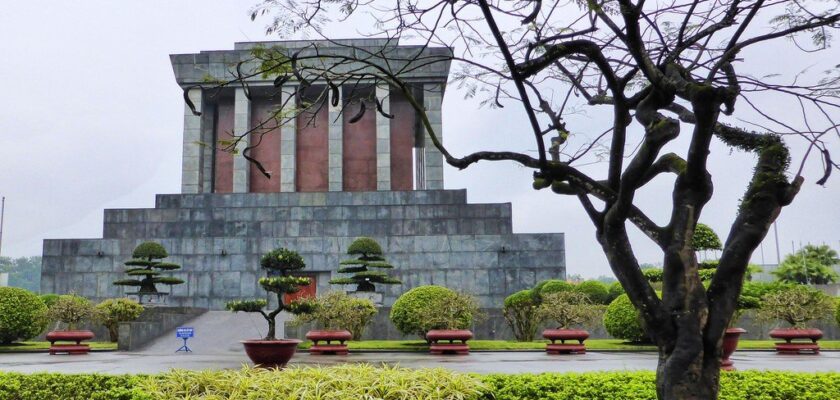Ho Chi Minh Mausoleum
Ho Chi Minh Mausoleum
(Lăng Chủ tịch Hồ Chí Minh) is the tomb of the first president of North Vietnam and is among the most visited attractions in Hanoi. To understand the significance of the name Ho Chi Minh for the population of Vietnam, it is enough to recall the attitude of a Soviet person to the leader of the proletarian revolution forty years ago. Many natives cannot hold back tears when visiting the architectural memorial in the capital’s Badinh Square. It was in this place that Ho Chi Minh proclaimed the independence of his homeland on September 2, 1945. And for tourists coming here, visiting the mausoleum allows them to better feel the mentality of the Vietnamese, understand their national feelings, get in touch with the history of this amazing and original country on the Indochina Peninsula.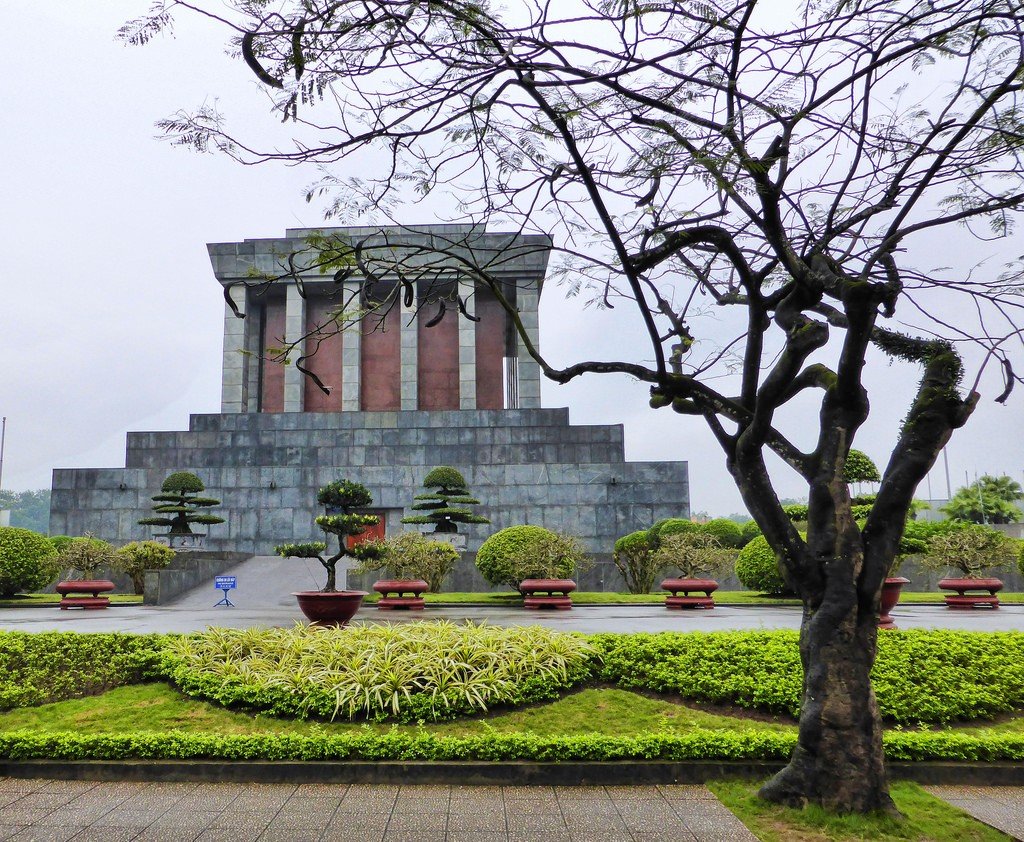
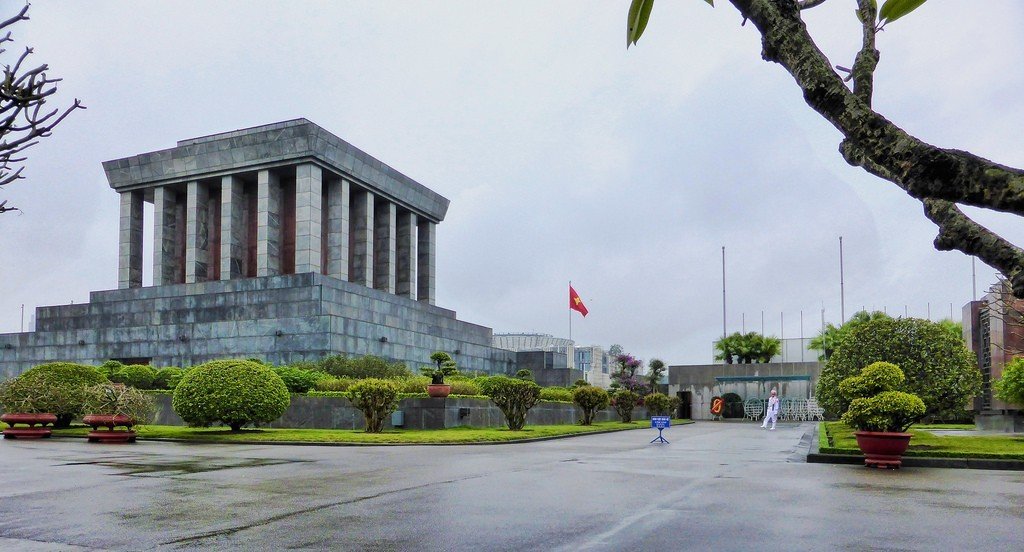
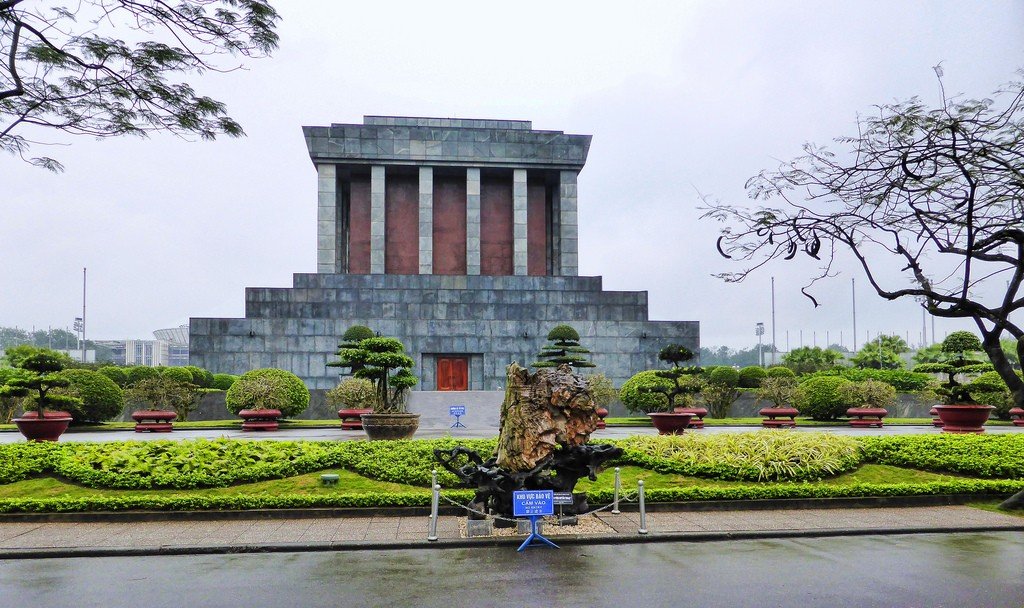
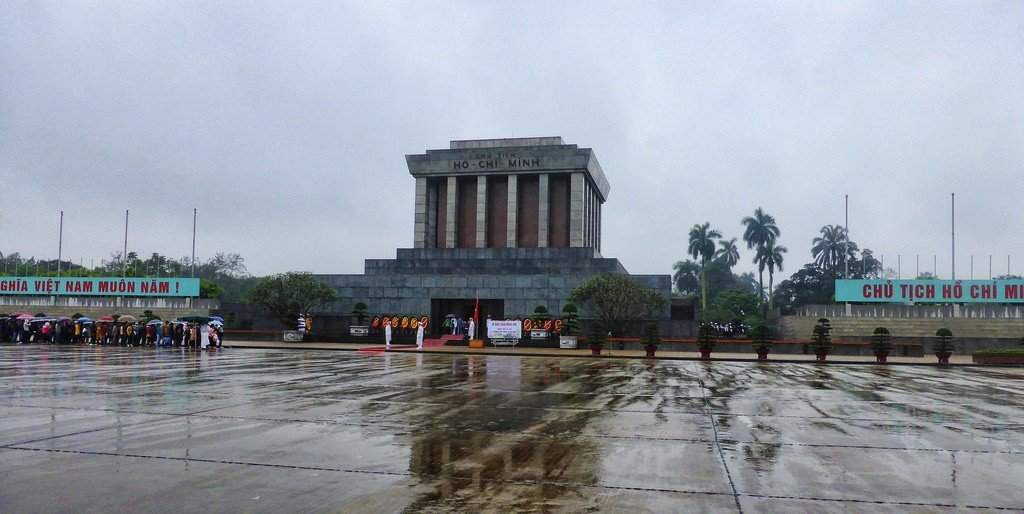
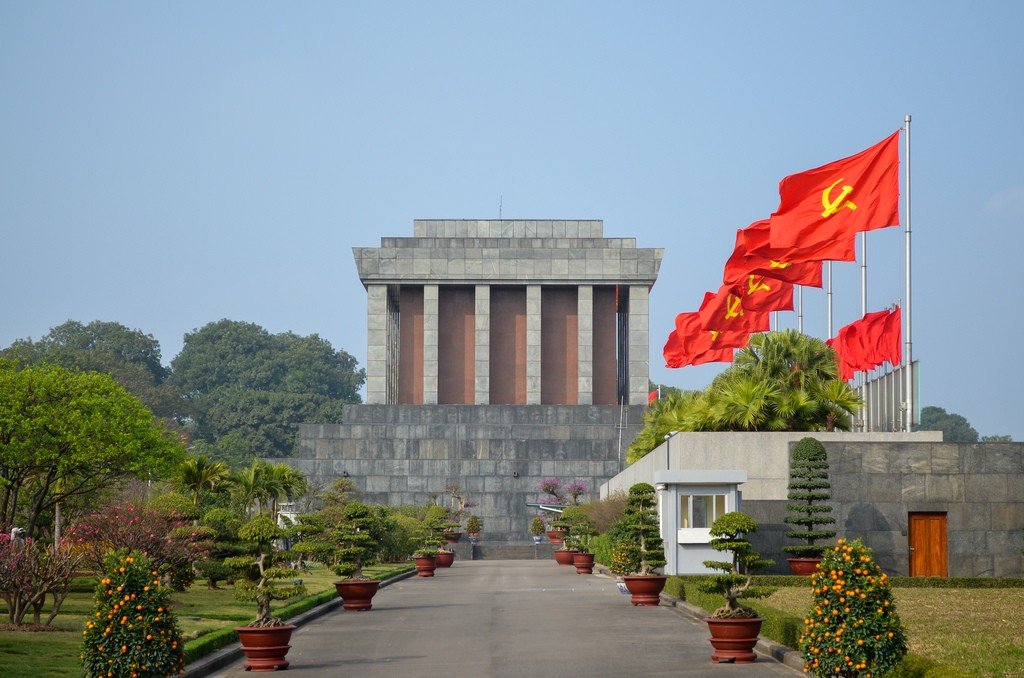
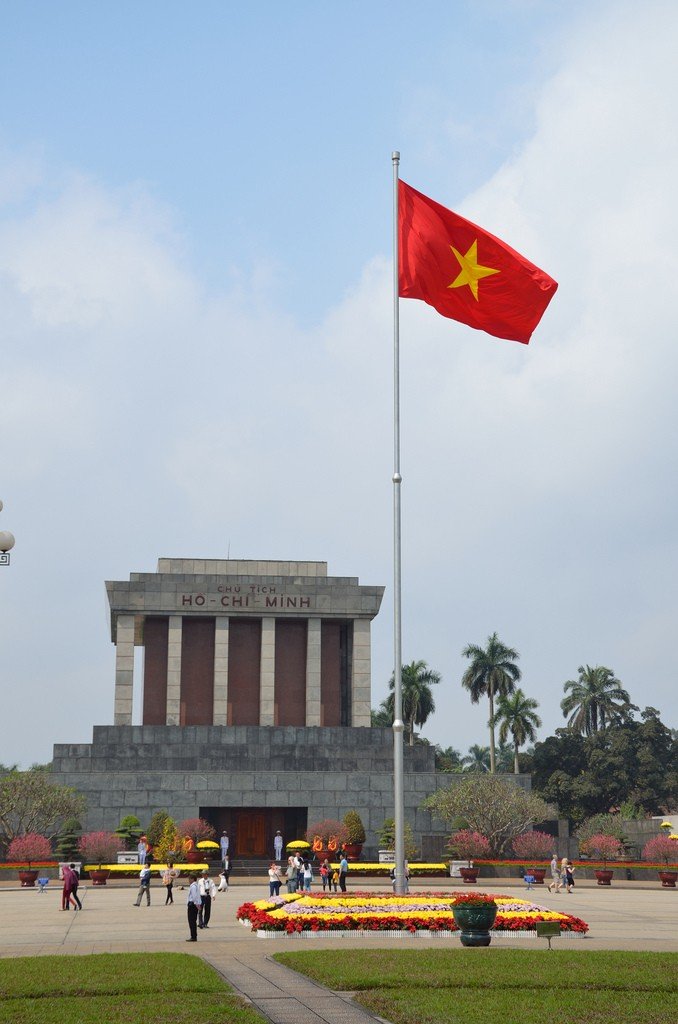
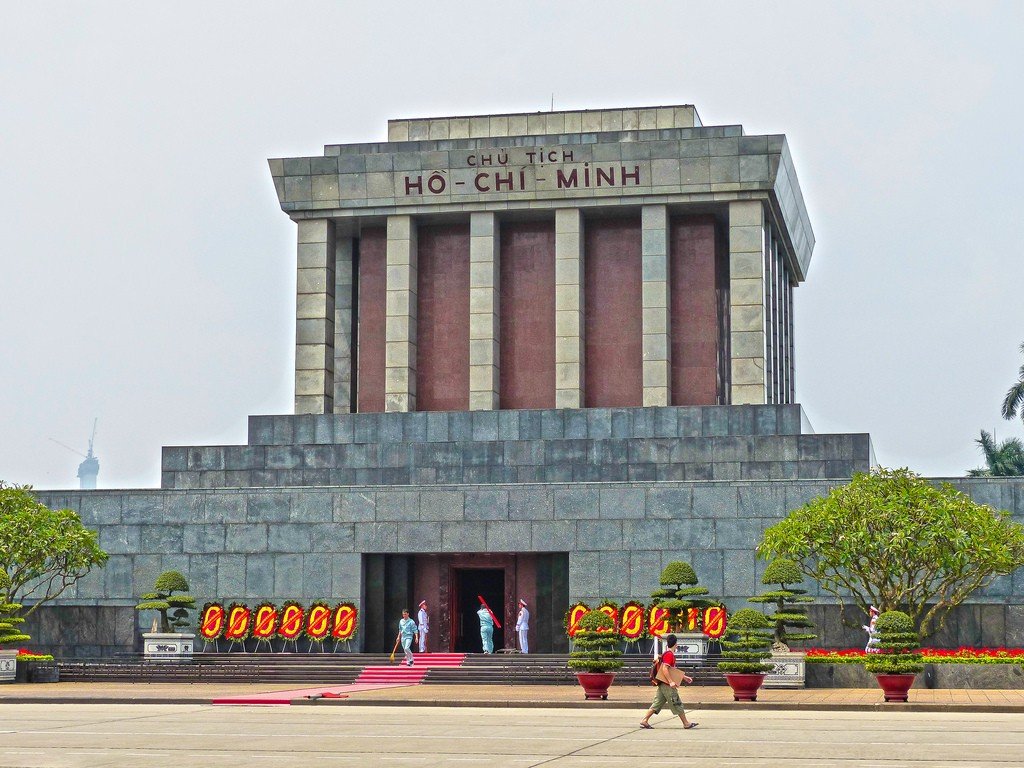
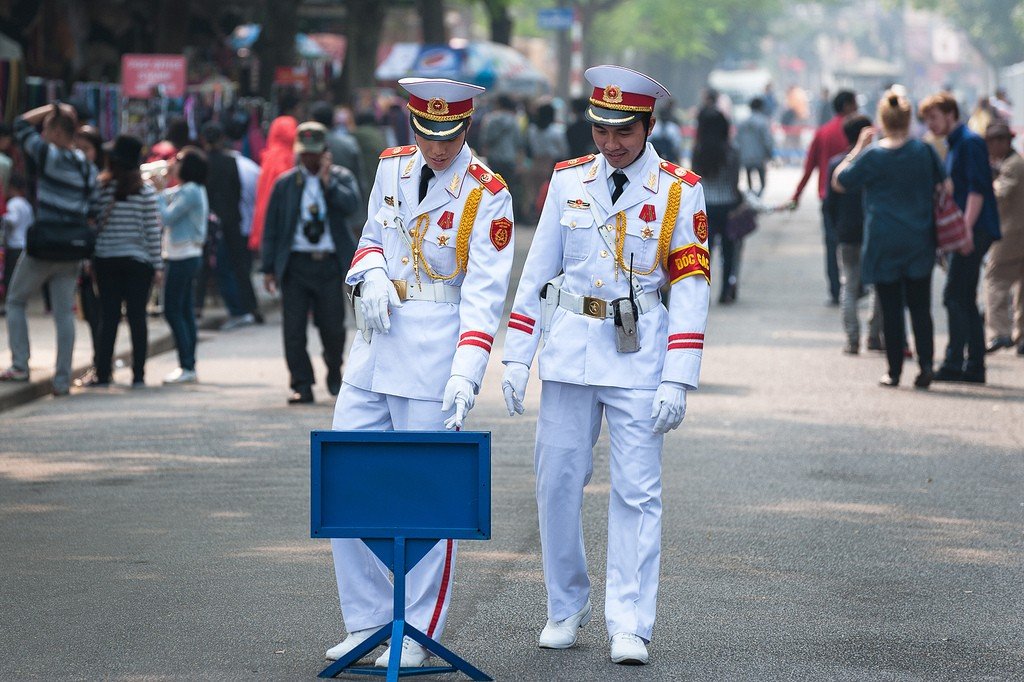
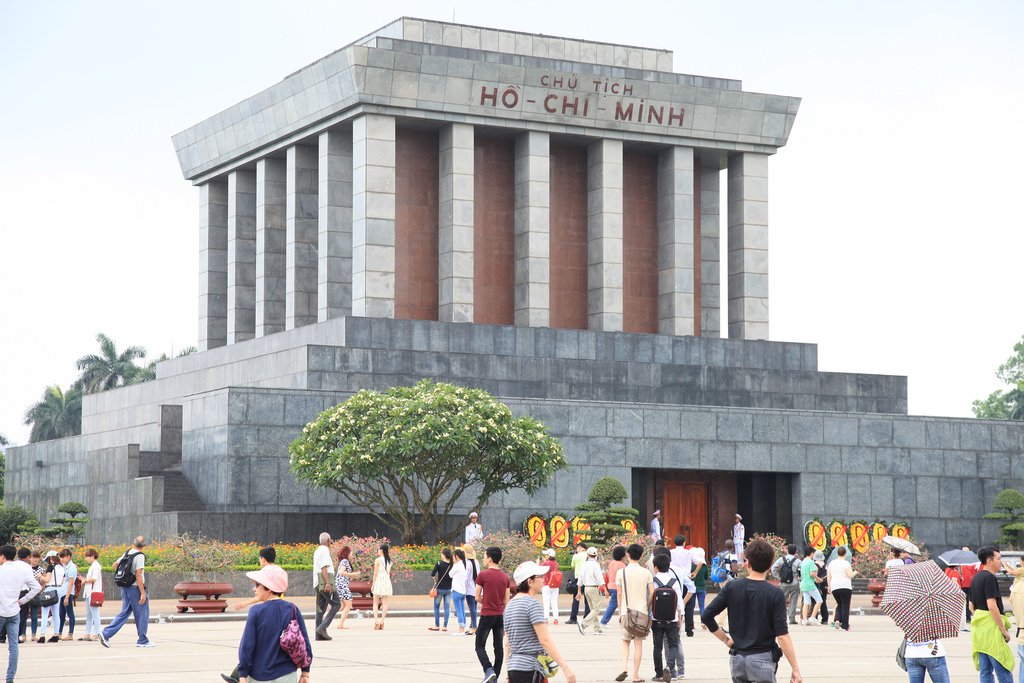
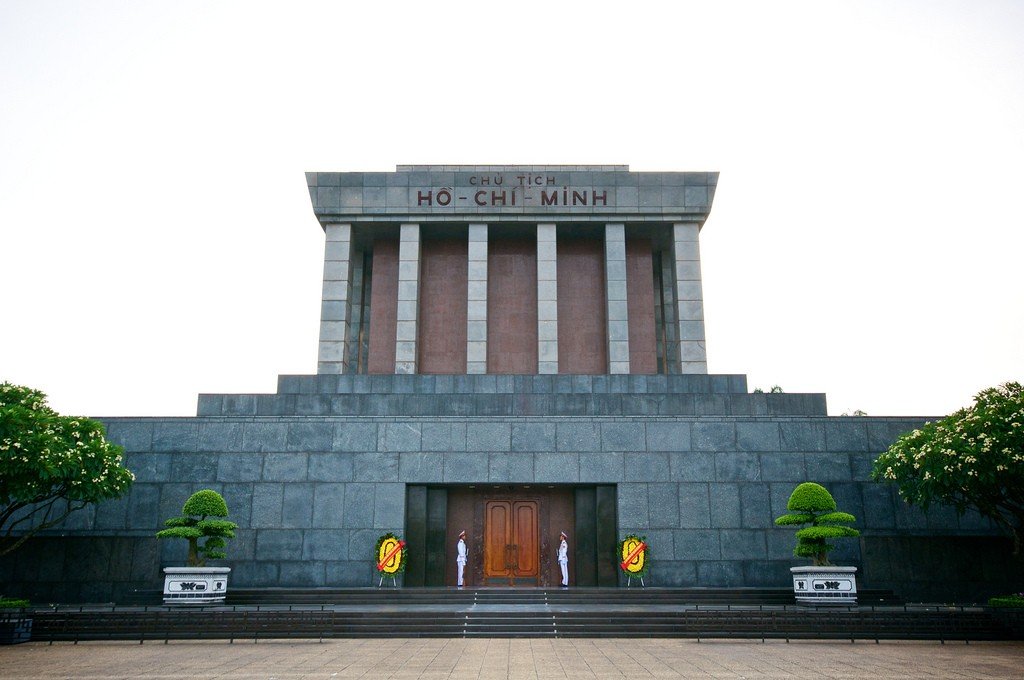
Ho Chi Minh: touches to the portrait
Getting acquainted with the mausoleum, its architecture and features, it is impossible to ignore the personality of the figure who is laid to rest here. Who is Ho Chi Minh? Who was he in life? What won the love and respect of his people?
.The life path of the Vietnamese leader is in many ways similar to the revolutionaries of the first half of the XX century. The son of a village teacher, he was educated at the National College before taking a job as a deck sailor on a merchant ship and traveling to Europe. He traveled to London, Paris, and America. He worked as a cook, photographer, and wrote articles for various publications.
The future leader was a polyglot: he knew five languages, was fond of poetry. In the Soviet Union, he was trained in the party business, worked as a translator in the Soviet consulate in China. In 1930, Ho Chi Minh established the Communist Party, was persecuted, served a prison sentence. During World War II, when Vietnam was occupied by Japan, he was at the origin of the organization “Vietminh”, which fought for the independence of the country. After the occupiers were expelled, it came to power and Ho Chi Minh led the government.
.
How the leader’s tomb came to be
In 1969, namely on September 2, when the country was celebrating another anniversary of independence, the people’s president passed away. He was 79 years old. During his lifetime, Ho Chi Minh willed to cremate himself and scatter his ashes over Vietnam. But his successor, Le Zuan, made a different decision: the national leader should belong to the people even after death.
.
The body was embalmed by Soviet specialists, then it was carefully concealed: after all, there was a war in Vietnam. January 27, 1973, after the signing of the Paris Peace Agreement, U.S. troops were withdrawn from the country, and on September 2 began construction of the tomb. It lasted two years, and August 28, 1975 Ho Chi Minh Mausoleum was opened to the public. G. G. Isakovich, one of the architects of the Ulyanovsk Lenin Memorial, took part in the development of the project.
.The mausoleum is a three-tiered building made of gray granite. The first tier is a tribune, to which the leaders of the Socialist Republic of Vietnam rise during ceremonial events in the square. The second tier – a square with seven-meter platforms on the sides – is the tomb itself. And the upper part is made in the form of a terrace. On the pediment is inscribed in scarlet letters: “President Ho Chi Minh.”
.The dimensions of the mausoleum are impressive: width of more than 41 meters, height – 21.6 meters. Polished granite in black, red and gray colors was used in the decoration of the building. A marble staircase leads to the second floor, to the funeral hall. Here is a glass sarcophagus with the body of the late leader. He is wearing a protective color suit and simple rubber shoes. Ho Chi Minh was an ascetic even in his lifetime.
Behind the mausoleum is a well-maintained garden, planted 250 species of rare plants, ornamental and fruit trees. The latter were collected from different parts of the country as a gift for the Ho Chi Minh Mausoleum. The adjoining Badinh Square is divided by paths made of concrete tiles into 240 green lawn squares.
.The mausoleum is part of the memorial complex
The tomb where the first leader of independent Vietnam rests is part of the architectural ensemble of the mausoleum. In addition to the mausoleum itself, it includes:
- Ho Chi Minh Museum – dedicated to the leader and the liberation struggle of the people against foreign invaders;
- Ho Chi Minh House on Stilts – a wooden house where the prominent statesman lived and worked;
- Presidential Palace – the former residence of the Governor General of French Indochina, now the official residence of the President of the Socialist Republic of Vietnam;
- The Pagoda on One Pillar is the oldest functioning Buddhist temple in Hanoi.
The Ho Chi Minh Mausoleum is open daily, except Monday and Friday, from 8:00 am to 11:30 am. Entrance to it is free of charge. For tourists there is a separate queue, usually quite long, but it moves very quickly. Every hour you can observe an honor guard change.
.At the entrance there is a guard: it is strictly forbidden to take photos and video cameras. There is also a strict dress code: in shorts, in a short skirt or with open shoulders may not be allowed. No loud talking or laughing is allowed in the mausoleum.
The inside of the building is kept at a certain temperature, and is quite cool. For three months, from September to November, the body is examined by specialists, and the tomb is closed to the public during this period.
.
Especially beautiful here in the evening. As darkness falls, the lights come on and Badinh Square is filled with locals and tourists. Many young people come here to skateboard. Many people just stroll around, chatting with each other, looking around.
.